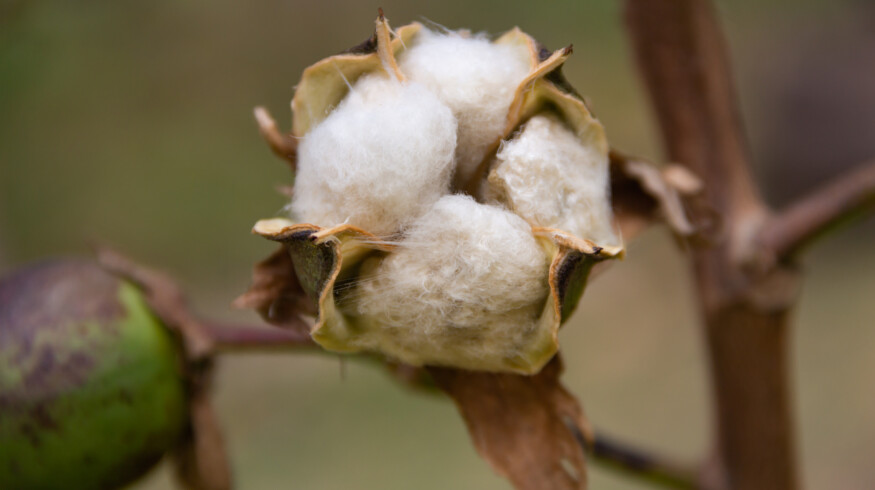Argentina’s INTA develops cotton variety resistant to drought and herbicides

The National Institute of Agricultural Technology (INTA) in Argentina has introduced a new cotton cultivar that combines drought tolerance, foliar disease resistance, and herbicide resilience—traits aligned with the operational challenges faced by growers in the country’s northern production zones.
Developed at INTA’s Sáenz Peña station in Chaco Province, the variety—Arandú INTA—is the first in Argentina with resistance to the imidazolinone class of herbicides, in addition to tolerating water deficit and showing resistance to Alternaria and Ramularia, two common foliar diseases.
The cultivar, pending registration with the National Seed Institute (INASE) as Arandú INTA BGRR-IMI, builds on earlier releases by INTA, including Guazuncho 4 INTA BGRR and Guarani INTA BGRR. Researchers said the new variety differs in its longer growth cycle and improved productivity in the upper third of the plant, an atypical trait in conventional cotton.
INTA breeder Mauricio Alfredo Tcach said the selection process incorporated producer feedback. “We aimed for a material that balances vegetative and reproductive growth, maintains its leaf area late into the season, and yields under stress,” he said.
The cultivar is expected to be evaluated under field conditions through a pre-commercial testing program with local growers. Higher productivity in the upper canopy, slower senescence, and longer leaf retention are among the physiological traits the researchers cited as contributing to total yield improvements.
Alex Montenegro, also part of the development team, said the objective was to establish domestically bred cotton lines with varying tolerance levels to chemical inputs. “This differs from imported varieties, which were developed under different agronomic conditions,” he said.
The project included participation from local seed company Gensus and the Agroperfiles Group. INTA’s breeding efforts have increasingly focused on compatibility with high-density planting and mechanized harvesting, which previous trials have shown to improve yields under constrained water availability.
The launch comes amid heightened attention to input efficiency and climate adaptation in the cotton sector. Argentina’s northern cotton-growing regions, which face seasonal rainfall variability and weed competition, represent the primary target for the cultivar.
Enjoyed this story?
Every Monday, our subscribers get their hands on a digest of the most trending agriculture news. You can join them too!













Discussion0 comments